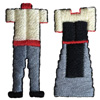 The traditional clothes of Peru are woven from the Alpaca wool. This fabric is much warmer and softer than the sheep’s wool, but also hypoallergenic. For millenniums, weaving was one of the main crafts in Peru. So, locals invented and improved many traditional recipes of preparing and dyeing the yarn and weaving the pieces from Alpaca wool. The secrets of Peruvian weaving are useful for anyone who prefers eco-friendly products and clothes.
The traditional clothes of Peru are woven from the Alpaca wool. This fabric is much warmer and softer than the sheep’s wool, but also hypoallergenic. For millenniums, weaving was one of the main crafts in Peru. So, locals invented and improved many traditional recipes of preparing and dyeing the yarn and weaving the pieces from Alpaca wool. The secrets of Peruvian weaving are useful for anyone who prefers eco-friendly products and clothes.
Near Cusco and the Sacred Valley of the Incas, nice locals Evangelina and Walter produce some of the finest traditional weavings of the high Peruvian Andes from Alpaca wool. Alpaca clothing is the outfit made of the natural fibers harvested from the Alpaca animal. It is a soft, durable, and silky fabric. While similar to clothing from the sheep’s wool, it's warmer, not prickly, and has no lanolin, which makes it hypoallergenic.
The recipes they use are similar to the ancient manufacture of fabrics. Peruvians passed these recipes from one generation to the other for thousands of years before their introduction into Europe as a commercial product. It is said that weaving is used in Peru since about 2500 B.C.
Let’s see what tips and recipes the Peruvian weavers have.
At first, the craftsmen collect the wool, which is still dirty, from the animals.
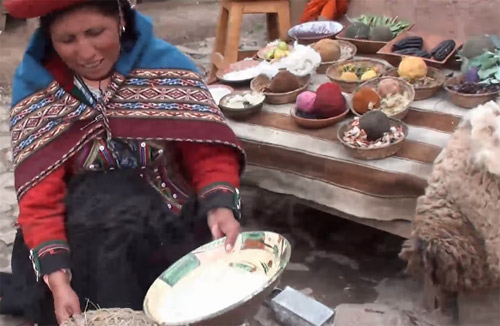
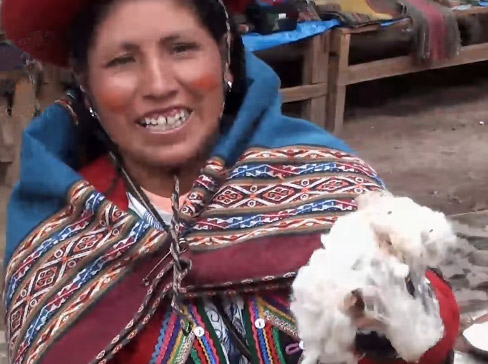
After selecting the wool, they use a special root as a soap. It is a natural plant called “sachaparakay”.
After drying the wool, they use a simple tool (ovillo) to spin the wool by hand.
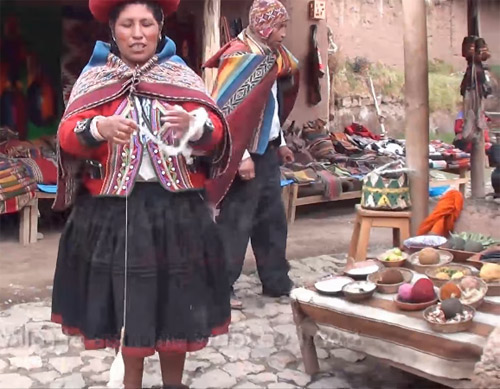
After spinning, Peruvians use some ingredients to dye the yarn: cochinilla (insect that lives on cacti), corn, flowers, indigo, roots of sachaparakay, etc. If the yarn becomes too red, they can change its color by using lemon.

They also use lemons as a natural makeup.
The yarn is boiled together with the dyes for several hours.
After that, they use this yarn to produce the traditional clothing and other things.
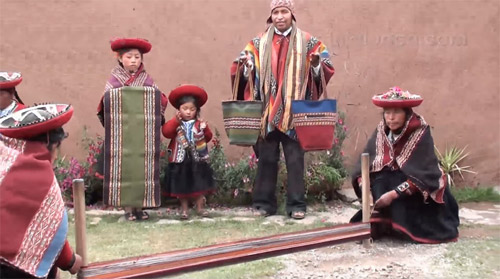
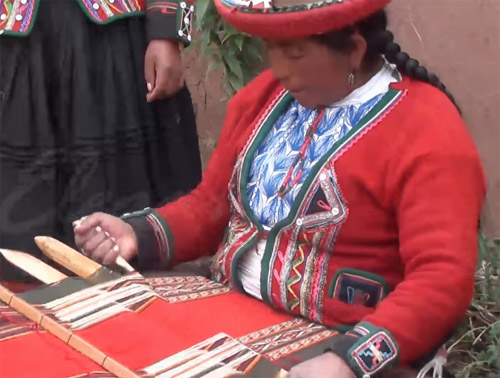
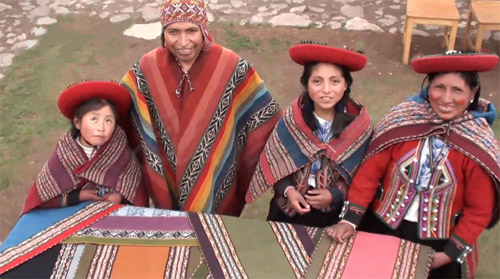
Except for clothing, Peruvian craftsmen make beautiful bags, pencil holders, tablecloths, and house décor items.
The weaving on all of these pieces is entirely done by hand.
A lama bone is used to adjust the yarn.
The result is a piece of art, with the same unique patterns and ornaments on both sides of the weaving, as their ancestors had.
It takes 28-30 days to finish one item completely. Just think about it. When you spend so much time on just one item for your household, you get to value those things. Modern people are used to getting everything they need by simple shopping when you need to make only a few clicks to buy something. But Peruvians are happy to produce their own clothes and accessories using the traditional authentic techniques. And weaving is one of their favorite crafts.
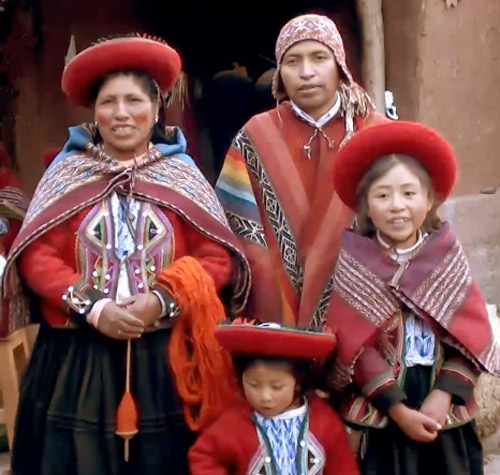
To learn more about the weaving patterns and colors, traditional looms, and weaving techniques used in Peru, also read this article: Traditional weaving in Peru. The main clothing craft of Quechua people.
